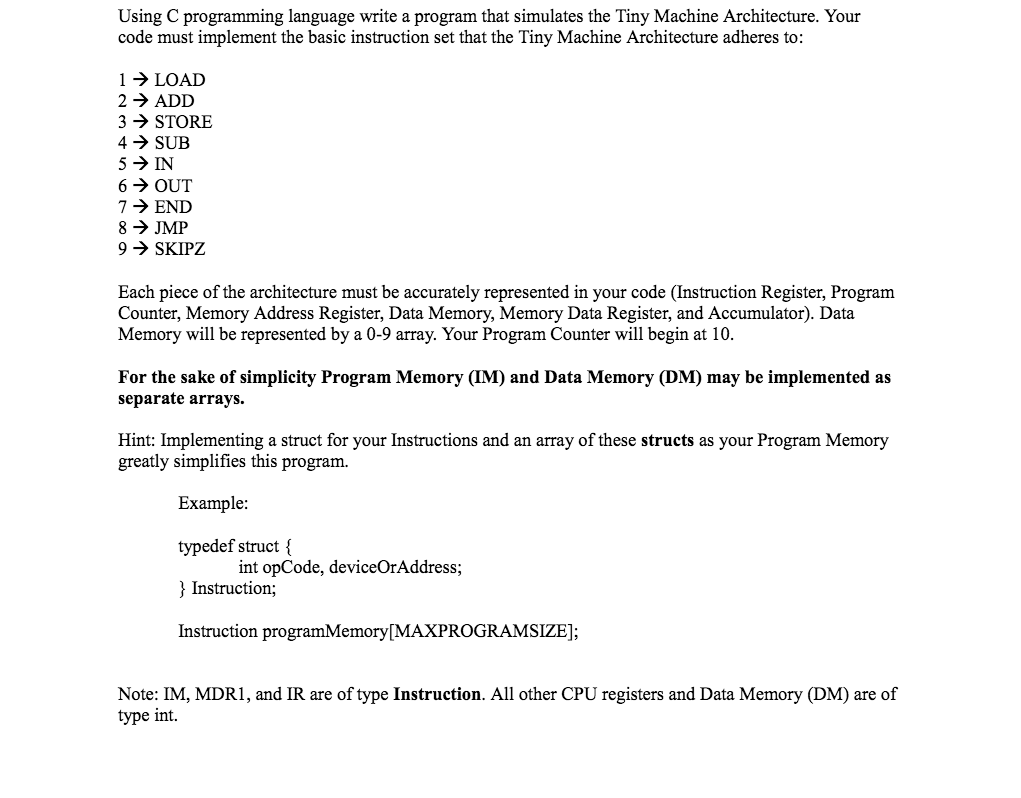

The Luhn algorithm was developed by German computer scientist Hans Peter Luhn in 1954. It calculates simple checksum formula used to validate identification numbers such as credit card numbers. The algorithm was designed to protect against accidental errors, such as a digit mistyping. It will detect any single-digit error, as well as almost all transpositions of adjacent digits. New Blue Light Blends Keygen Incl Crack.
Credit card numbers follow certain patterns. A credit card number must have between 13 and 16 digits. It must start with: 4 for Visa cards 5 for Master. How can I improve or shorten my implementation of the Luhn algorithm? Compact algorithm might. Program to count number of victories in a.
Deep Ze 64 Bit Windows 7. It will not, however, detect transposition of the two-digit sequence 09 to 90 (or vice versa). The calculator below gives Luhn checksum of the given digit sequence. The sequence is considered valid if the checksum mod 10 equals to zero. It also gives the next check digit to be appended at the end of source sequence to form valid number according Luhn algorithm.
The formula is quite simple: to calculate Luhn checksum you need to sum all odd digits ( calculating from right to left, so last digit is considered N1) plus sum of all even digits multiplied by 2, if the product of multiplication is greater than 9 you must substract 9. If the last digit of the ckecksum is zero, the whole sequence is valid. To produce validation digit we can simply append '0' to source sequence and calculate Luhn checksum again. If last digit of the obtained checksum is zero then the validation digit is also zero, otherwise validation digit can be obtained by substracting last checksum digit from 10.
The Luhn algorithm or Luhn formula, also known as the ' 10' or 'mod 10', is a simple formula used to validate a variety of identification numbers, such as,, in the United States,, Israel ID Numbers and Social Security Numbers (ΑΜΚΑ). It was created by scientist and described in, filed on January 6, 1954, and granted on August 23, 1960.
The algorithm is in the and is in wide use today. It is specified in -1. It is not intended to be a; it was designed to protect against accidental errors, not malicious attacks. Most credit cards and many government identification numbers use the algorithm as a simple method of distinguishing valid numbers from mistyped or otherwise incorrect numbers.